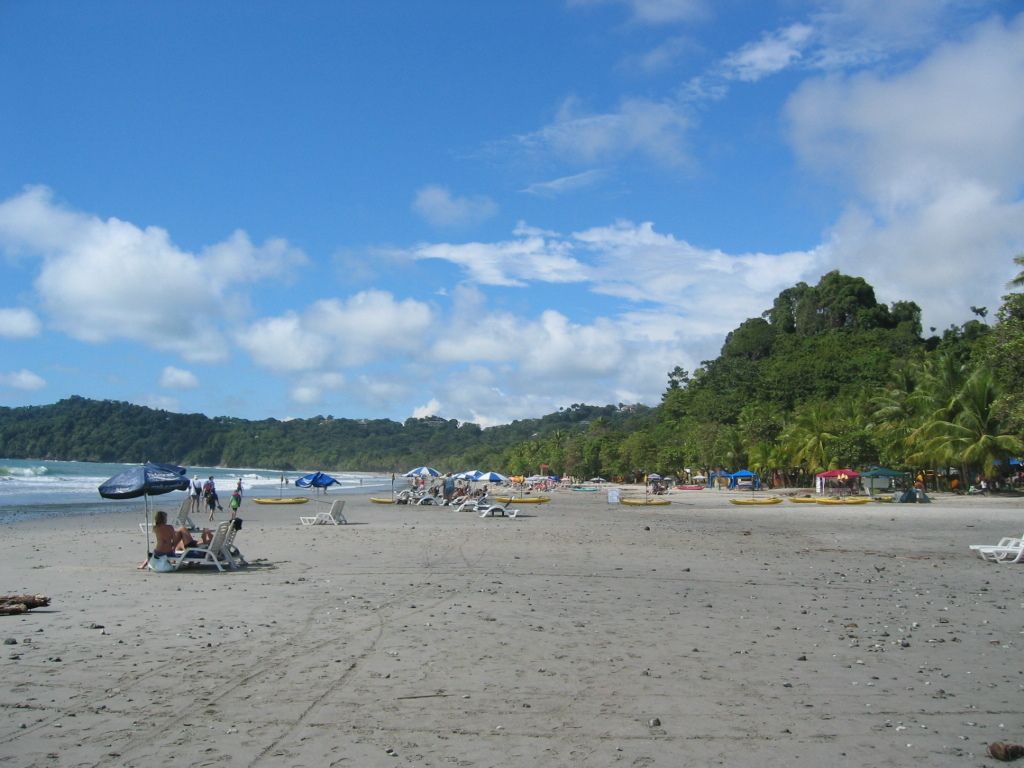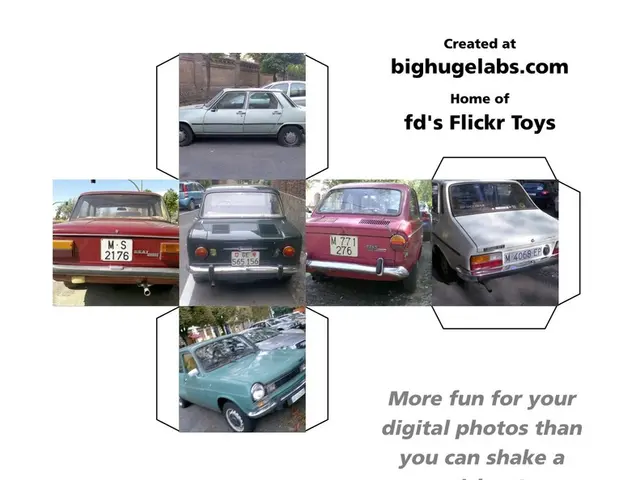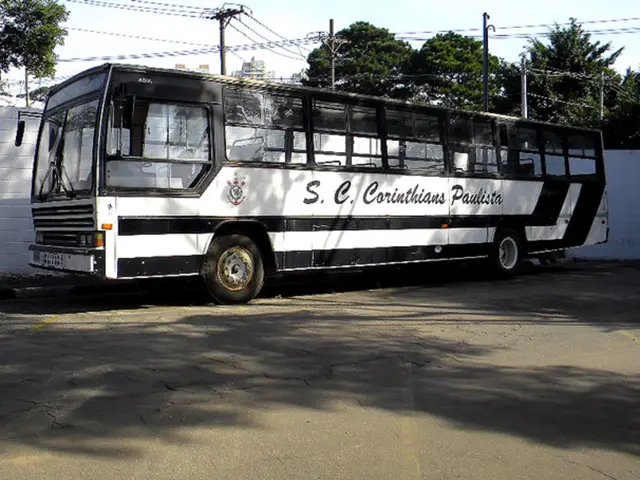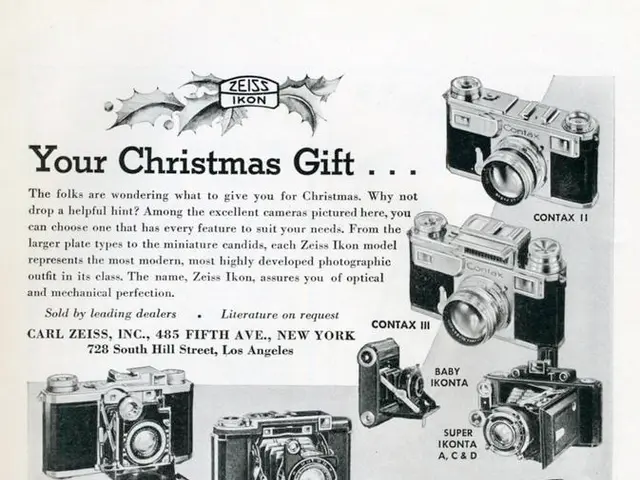The Greenest and Dirtiest Wheels on the North Rhine-Westphalian Road
In North Rhine-Westphalia, vehicles span the spectrum from eco-friendly to heavily polluting. - In North Rhine-Westphalia, a mix of pristine and grubby vehicles are on the road
What's the deal with the cars cruising around North Rhine-Westphalia? The range of vehicles sporting outdated emission technology varies across the registration districts, running from nearly one-third to as little as one in five, as revealed in an analysis of data from the Federal Motor Transport Authority (KBA) by the German Press Agency. The cities and districts also show substantial disparities when it comes to eco-friendly whips.
In NRW, the city of Duisburg carries the crown for the highest proportion of vehicles registered under the older, less strict emission standards Euro 1 to Euro 4, clocking in at 30.7 percent. Cities such as Gelsenkirchen and Herne follow suit, with values above 30 percent. The districts of Hamm and Minden-Lübbecke (both 29.3 percent) and Lippe (28.5 percent) aren't far behind. Duisburg ranks third in the nationwide comparison.
On the flip side, Euskirchen leads the district parade with the lowest proportion of vehicles registered under the same emission standards, at 20.1 percent. The city of Düsseldorf trails closely behind with 21.3 percent, while the districts of Siegen-Wittgenstein (21.6 percent) and Olpe (21.7 percent) don't fare much better.
When it comes to supremely green vehicles, Euskirchen also takes the cake, boasting a whopping 60.8 percent, followed by Düsseldorf's 60.1 percent. Bochum and the district of Siegen-Wittgenstein come in third and fourth with 56.7 and 56.4 percent respectively. nationwide, Wolfsburg steals the show with particularly clean vehicles, boasting an impressive 77.2 percent. However, it should be noted that as the homebase of a major automobile manufacturer, statistical car ownership is sky-high in Wolfsburg, which could distort the clean car statistics.
Car Talk: The Facts
- Cleanest: Electric and hydrogen fuel cell vehicles, with NRW leading the way in hydrogen adoption.
- Dirtiest: Older diesel and gasoline vehicles, with many German cities, including some in NRW, enforcing low-emission zones and bans.
- National Comparison: NRW stands out for its proactive policies and infrastructure, such as extensive low-emission zones, hydrogen fueling stations, and investments in zero-emission public transport.
- The community policy in North Rhine-Westphalia needs to focus more on promoting the adoption of cleaner vehicles such as electric and hydrogen fuel cell ones, considering the region leads the way in hydrogen fuel adoption.
- Employment policies in the science sector, particularly within environmental-science, can be designed to attract talent in developing and implementing climate-change solutions, especially in dispersing old, diesel, and gasoline vehicles from the industry.
- Financing for transportation should prioritize investments in eco-friendly technologies, as the automotive industry plays a significant role in climate-change and requires sustainable development policies.
- To reduce overall emissions, it's essential for the employment policy in North Rhine-Westphalia to emphasize creating jobs in the low-emission transportation sector, such as public transportation, to decrease the reliance on personal, older diesel and gasoline vehicles.








